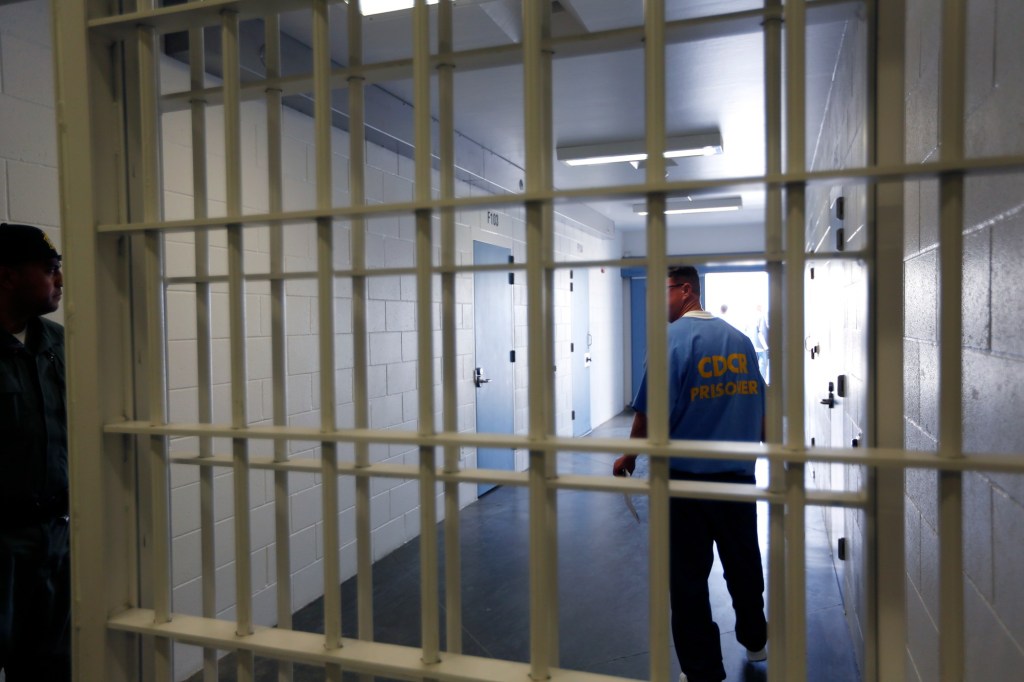
California voters were expected to line up solidly behind Proposition 36, the ballot measure aimed at toughening punishments for serial theft and fentanyl dealing, making good on myriad polls heading into Election Day that showed over 70% support for the initiative.
The first set of results were not available at press time Tuesday, but polls taken in the weeks before Election Day showed a nearly 3-to-1 margin of support. The earliest votes tallied Tuesday night were primarily expected to be from mail-in ballots.
Proposition 36 was crafted as a response to growing public frustration with organized retail theft and serial shoplifting that grew highly visible since the pandemic by way of viral videos on social media and ubiquitous media coverage. The measure also targets fentanyl dealing and possession, which has come to embody the deadliest dimensions of the national opioid epidemic.
The initiative requires an amendment to the state penal code to remove the $950 threshold that separates petty theft, a misdemeanor, from grand theft, a felony. The distinction is important because a felony arrest typically entails more rigid follow-up in court and a higher likelihood of jail detention, while a misdemeanor often ends with a citation and release on the spot.
Supporters of the initiative asserted that current policies have left law enforcement toothless in pursuing serial theft, contending that offenders can stay out of jail and court with impunity as long as the theft is below the threshold. The change would make any theft a felony if the offender has two or more prior theft convictions.
Under Proposition 36, fentanyl-related crimes would be subject to harsher punishments, including mandated prison time for those convicted of selling fentanyl and other hard drugs while armed, and potential murder charges if drugs they sell lead to an overdose death. Additionally, those arrested for possessing fentanyl and similarly classified drugs would be eligible for “treatment-mandated” felony charges, which would put them in a new drug-court infrastructure and present them with the choice of entering rehab — their charges dismissed upon completion — or spending up to three years in prison.
The changes in punishments for theft and drug offenses marked a rollback of part of Proposition 47, the 2014 voter-approved law that set the monetary threshold and reclassified low-level theft and drug charges from felonies to misdemeanors. Advocates for that initiative, which included the state’s major civil-rights groups and Santa Clara County District Attorney Jeff Rosen, say it helped California depopulate its prison to comply with a U.S. Supreme Court order and shift crimes borne from homelessness and drug addiction away from incarceration and toward rehabilitation and mental health treatment.
And while homelessness is mentioned in the formal title of Proposition 36, the ballot language does not have any provisions that directly address the issue. Architects of the new law contended that a plurality of theft and drug offenses are fueled by homelessness, and so more aggressively responding to those crimes will move a significant number of unhoused people off the street and into treatment and rehabilitation programs.
How the changes will be paid for remains to be seen: Proposition 36 does not attach any funding source for the changes it aims to institute. The nonpartisan Legislative Analyst’s Office has stated in a bill analysis that the new law would raise state costs from between “several tens of millions of dollars” and “the low hundreds of millions of dollars” through an increased prison population.
Critics say that highlights an underemphasized impact of the new law: erosion of revenue for mental health and drug-treatment programs that is tied to the amount of savings the state tallies from diverting people away from prison.
Questions about the state’s rehab capacity also remain, if Proposition 36 works as intended and adds a flood of people into the treatment pipeline. Proponents and critics have sparred over whether there are enough treatment beds to handle even the existing flow of people in line for court-ordered treatment; the state’s largest counties are already logjammed, which has meant that people are being held in jail expressly because there isn’t a space available for them.

















































